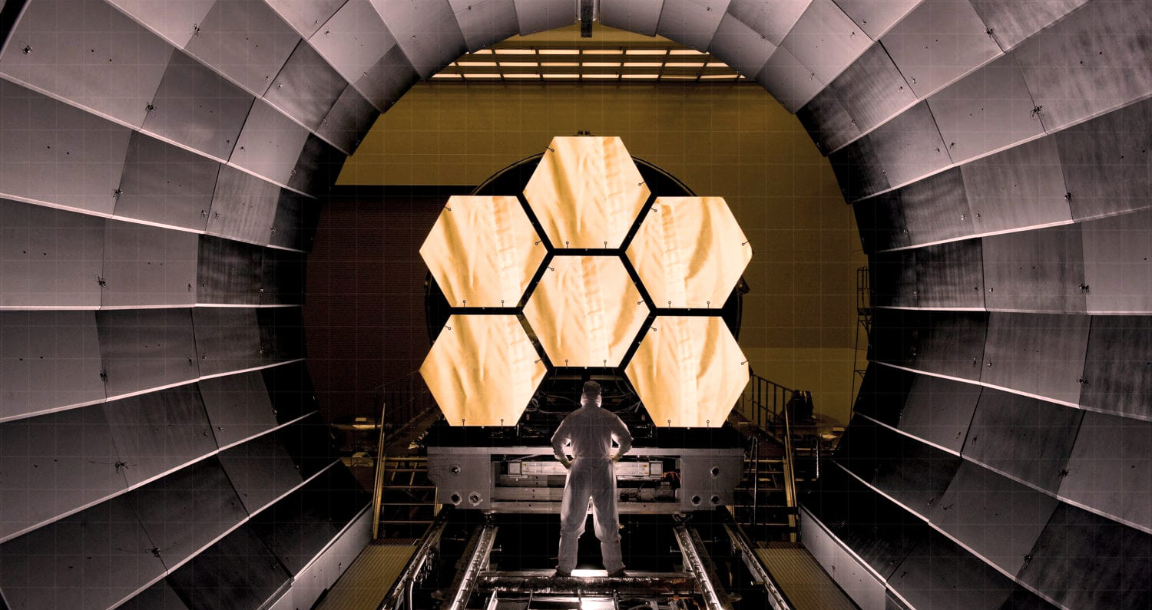Words, such as bounce-back, rebuild, pivot, restart, are being used in articles, webinars and conversations in today’s day-to-day business world.
Some reports predict the economy is on a slow rebuild post COVID 19—others report a delayed bounce-back as headlines warn all of the worst recession in our lifetime.

In the space industry, discussions with industry professionals are highlighting a more optimistic view, referring to nearer-term bounce—what does this really mean? What does it mean to the survival of space companies in the short-term, their ability to adapt to a new normal in the medium term and their resilience against future disruptions in the long-term?
This article considers technology transfer as a way to build a diversified portfolio, embedding resilience and enabling growth in a post COVID-19 space sector and builds on recent industry discussions, including the feedback received as a guest speaker at the AstroAgency-hosted Technology Transfer webinar.
At the end of the article there is a link to a short, 1-minute survey to allow us to gather further intelligence and better understand technology transfer activity in the space industry.
We will publish the findings from this survey to provide a snapshot of the current environment and future opportunities or challenges to inform industry and government.
What Bounce-Back Could Look Like
Confidence is the key word here. When confidence in the economy starts to return, so will investment and funding. However, to build confidence companies need to demonstrate their viability and growth. There are two possible approaches:
Existing: Companies focus on growing their market share and developing their existing products for that market.
New: Companies focus on entering new markets with existing offerings, taking their products or services into new applications with existing or new markets, they may even look to develop entirely new products.
Not all routes are right for every company, but all need to be considered as part of a strategic review. For those companies looking at the new approach, they should be looking at technology transfer.
Diversified Portfolio
In financial markets, a diversified investment portfolio is one that focusses on a mix of assets to realise the highest return for the least risk. Different assets (stocks, fixed income, commodities, etc.) react differently to economic changes, which makes a diversified portfolio more resilient. Even colloquially, people speak about “not putting all their eggs in one basket.”
Why are technology companies often singularly focused on products for one market? This is, in part, linked to the maturity of the company. Start-ups are focused on delivering on their initial investment promises while established technology companies in mass markets often already serve multiple sectors and applications. Therefore, this question is directed to revenue-generating, post-seed, pre-listed, companies.
With what we’ve learned from COVID-19, surely, is that there is a need to build resilience as well as growth potential into businesses earlier on. During a recent webinar, organized during the peak of lockdown by strategic space marketing firm AstroAgency, there was a panel on this subject that had participants excitedly using phrases such a "dual income" and “multiple routes to market.” The concept of finding multiple clients for technology that was developed primarily for space really resonated with that webinar group.

Technology Transfer
Technology transfer is about diversifying your portfolio, spreading your risk and improving opportunities for success. It is about transferring your technology, skills and capability into new markets (industries and geographies) and new applications—often using new business models.
Space agencies, including NASA and ESA, have dedicated pro-active technology transfer programs. However, technology transfer is often referred to as “spill-overs” in the commercial, business-to-business context, implying a reactive, accidental, activity. Spill-over value to the public far exceeds the direct £3 to £4 return on every public £1 invested by space agencies in single-purpose technology development.
There is no definitive measure of the economic value from space technology transfer, particularly given the intangible elements such as skill and knowledge sharing. However, there are studies that indicate the size of the potential impact.
For example, NASA estimates they have generated $1.5 billion added value through their life sciences technology transfer. If this is
the size of the opportunity created by one public organisation in a single sector, it raises the question—what value could be generated if the commercial space industry did more business-to-business technology transfers?
In 2018, MULTIPLY held a number of interviews with UK space companies to obtain their views on technology transfer. All participants recognized the value, citing revenue growth as a primary driver for them to proactively do technology transfer. Other reasons cited included:
• Demonstrating scalability to raise investment
• Accessing new geographic regions with new products, which then enables cross-sell back to their original product
• Brings learnings back into their core offering
• De-risking the business from disruption by removing reliance on only a few revenue streams
• Demonstrating innovation and leadership, boosting company and employer brand, building pride amongst employees and improving retention
In spite of this, a number of barriers (perceived and actual) were also cited:
• Considered a distraction from core business
• Do not have the bandwidth to put time into non-core activity
• Do not have resources to invest into non-core activity
• Don’t have in-house skills and experience
• Don’t have access into other markets
• Considered too early in their growth to diversify
• Existing investors want them to focus on one core offering
At Multiply, we’ve considered technology transfer as a vehicle for resilience and growth for the post COVID-19 space sector, so, what could this look like?
What If…?
What if taking a diversified portfolio approach was the new norm? I’d go so far as to say not “if,” but “why aren’t we already doing so”? What if technology transfer was considered as core business? What if investors and governments looked at technology transfer value-add as a scored criterion in investment and funding decisions?
I am not suggesting this as a silver bullet, nor as the correct solution for every company. MULTIPLY’s study in 2018 noted that technology transfer could pose a challenge for those early stage R&D companies that were not sufficiently resourced, securely funded, nor their technology yet proven in their core business. However, those [more established] companies with proven technology, typically with early adopters already buying their products, looking to move into high value or high-volume markets, were well placed to benefit from diversification.
An industry that is achieving revenue growth cross-sector, driving export and stimulating private investment, is one that is succeeding. An industry too dependent on public financing or limited customer channels is at risk. To realize sustainable commercial industries, you need to build sustainable commercial companies.
With the reality of our vulnerabilities laid bare by COVID-19, resilience and growth need to be at the heart of every company’s strategy. Technology transfer, for many, has a core role to play.
Survey
We’ve considered technology transfer to build a diversified portfolio approach to the post COVID-19 space sector and what this could look like. Now we’d like to get your input to understand your current technology transfer activity and your future technology transfer intentions and appetite.
Please follow the link to at the end of this paragraph to participate in a short, 3 minute survey—your input will enable us to present a snapshot of the current environment and make recommendations for the future to both industry and government.
www.surveymonkey.co.uk/r/CCZK7TB
MULTIPLY works with advanced engineering companies, sepcializing in the space sector, to multiply value through business-to-business technology transfer programs and ventures.
Established in 2015, MULTIPLY has developed opportunities in excess of £30 million for their clients from public grants, private financing, technology transfer, new markets and collaborations. MULTIPLY defines, designs and delivers strategic propositions through end-to-end customer programs for clients across the world.
www.multiply.space

The author is Natasha Allden, the Founder and CEO of MULTIPLY Global Ltd.
MULTIPLY works with advanced engineering companies, sepcialising in the space sector, to multiply value through business-to-business technology transfer programmes and ventures. Established in 2015 MULTIPLY has developed opportunities in excess of £30m for their clients from public grants, private financing, technology transfer, new markets and collaborations. MULTIPLY defines, designs and delivers strategic propositions through end-to-end customer programmes for clients globally.


